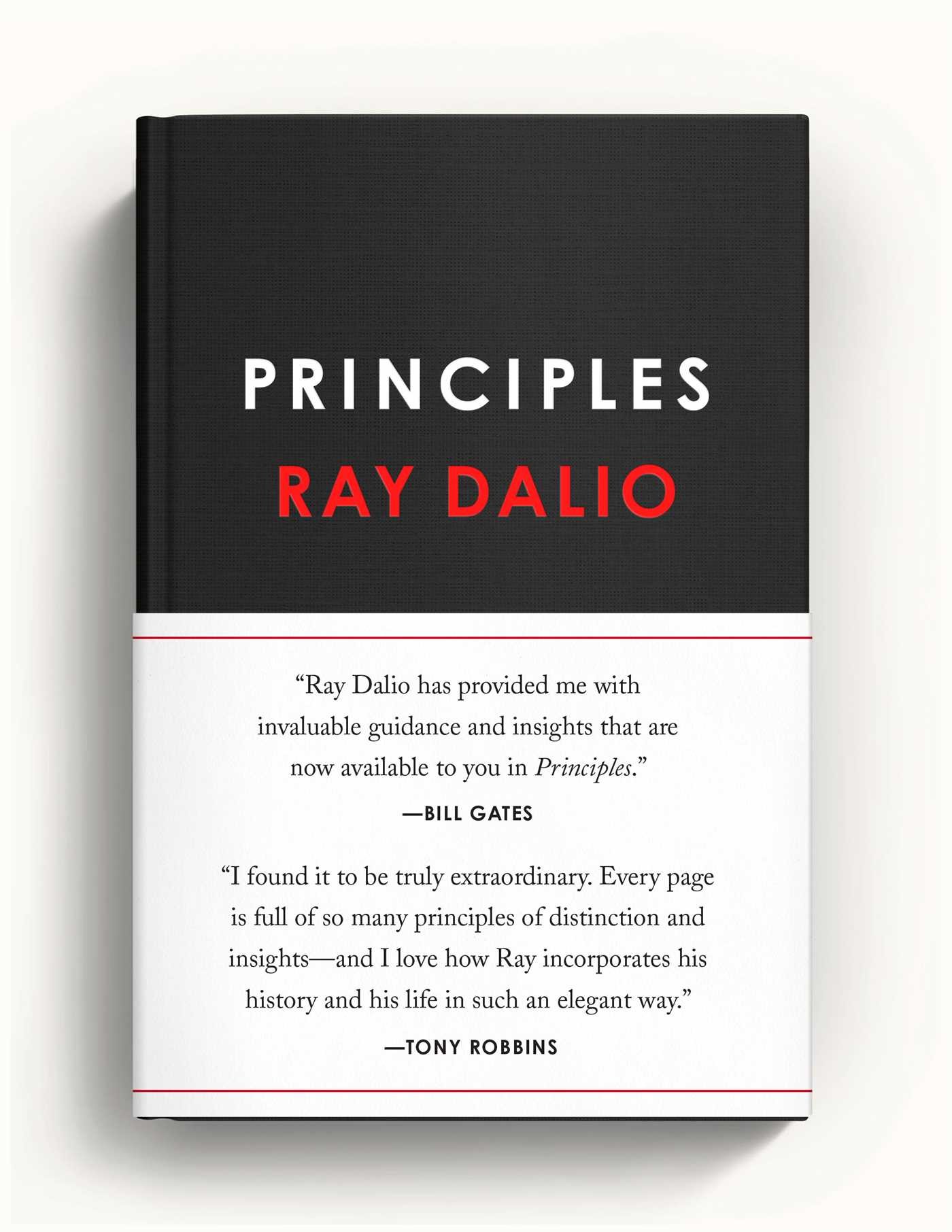

In Principles, Dalio explains how he and others at Bridgewater Associates have implemented these processes. After repeated trials, determine the best systematized process, then regularly review and update.If systemization is desired, begin success and failure prototype testing.Determine if this agreement is a one-time issue or a continuing issue which should be systematized into execution principles and behaviors.Create an environment that allows for all ideas to be presented, exposed, discussed, and agreed upon.Build an environment for learning and acquiring knowledge.Select certain members to enforce the final agreement.įor Dalio, "best ideas" take shape according to a concrete and repeatable process.Get agreement that all will accept the group's final decision and judgment.

Select the right people that will generate the best ideas.Weighted decision making: Making decisions based on unbiased, balanced, and in-depth information and data (according to Ray Dalio, "weighted" means the idea is based on the most believable data and information available at the time).Īnd here are Dalio's rules for idea meritocracy:.Radical transparency: Giving everyone the ability to see everything about a given issue being decided upon.Radical truth: Not filtering one's thoughts and one's questions in ways that lead to biased information, and being completely open to incoming information.According to Dalio, "idea meritocracy" is the result of "radical truth" plus "radical transparency" plus "weighted decision-making." In meritocracies, "best ideas" get adopted. (I'll save a more detailed explanation of Bridgewater Associates' system for moving from good intentions and desires to actions, using algorithms, for the next article.) A meritocracy of ideas In this installment specifically, I'll offer an overview of the "believability weighted decision-making concept," and present Ray Dalio's thoughts on exposing our strengths and weaknesses in decision-making situations. Reading Principles from an open organization perspective is a valuable exercise, and in a two-part review of the book, I'll explain why.


 0 kommentar(er)
0 kommentar(er)
